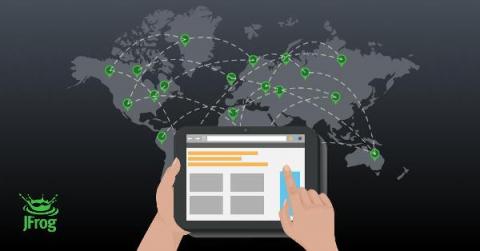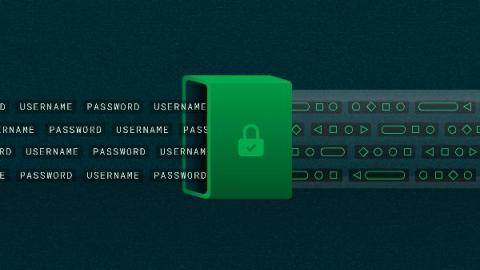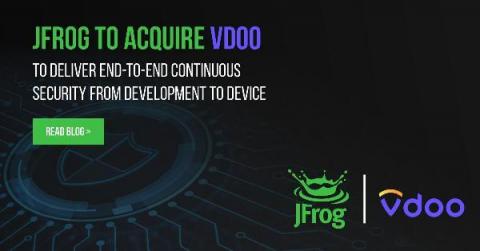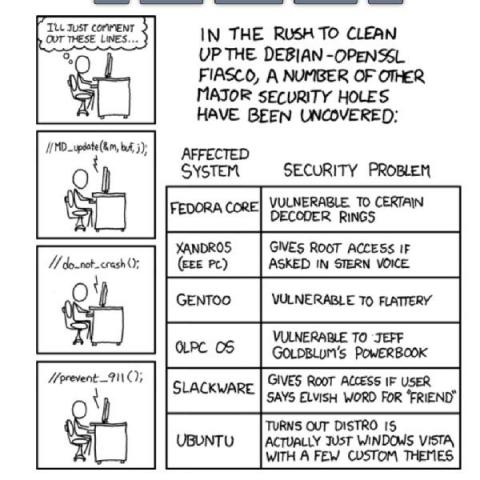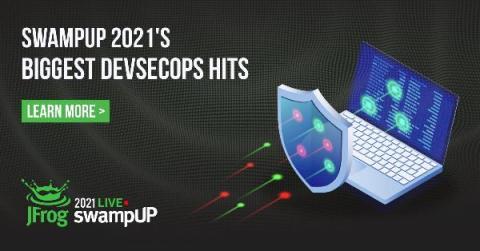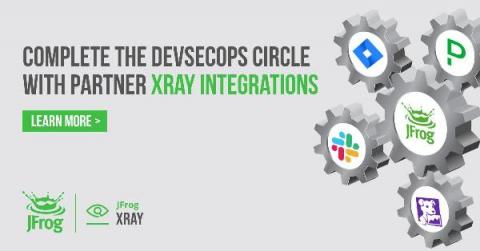Operations | Monitoring | ITSM | DevOps | Cloud
Latest News
Securing pipelines through secret management
Secrets management plays a critical role in keeping your pipelines and applications secure. While secrets management tools help, you need to implement best practices and processes to successfully manage secrets in a DevOps environment. Standardizing, automating and integrating these processes also helps secure secrets by reducing the chance of human error.
Reducing microservice overhead with shared libraries
It’s a common story: the product team gets early success and grows into a large monolithic code base. While everything is in a single code base, features can be added quickly. This is partly due to the ability to leverage shared code across each feature in the codebase. When your team is adding a new feature, a developer can leverage the existing codebase for needs such as logging or special error handling.
We've Agreed to Acquire Vdoo, Unifying Developers and Security Teams from Source to Device
3 ways to motivate your developer team with metrics
What DevOps means to devs
The Biggest DevSecOps Hits From swampUP 2021
Drive DevSecOps Visibility with JFrog Partner Integrations
How to Create Docker Images for ASP.NET Core
Microsoft has begun working with the Docker team and community so Docker can be used for the following: If you would like to run an ASP.NET Core web app in a Docker container and learn how to create images, we will explain all the steps on how to do the following: A Docker container image is a standalone, lightweight package that can be executed and contains all the requirements you need to run an application, such as: code, runtime, libraries, and settings.


